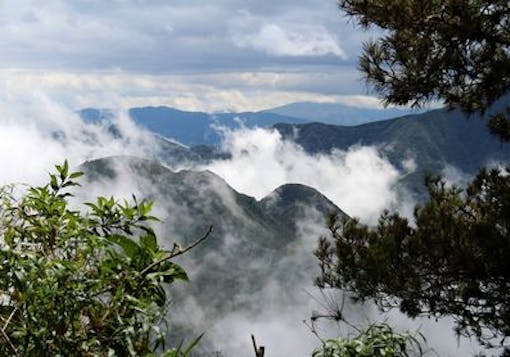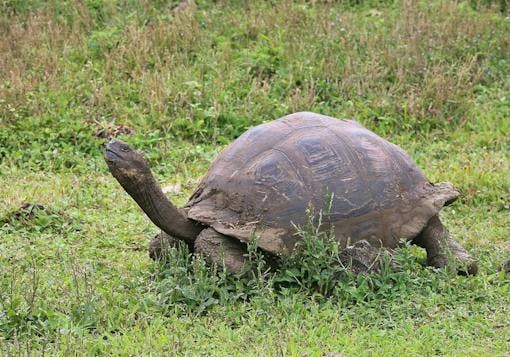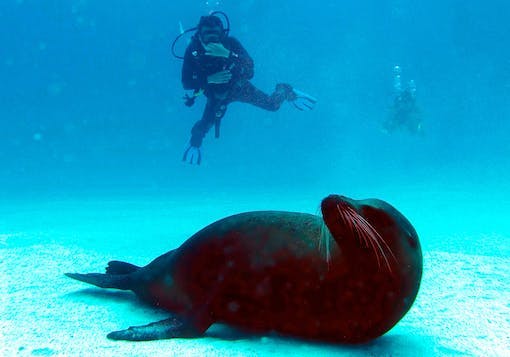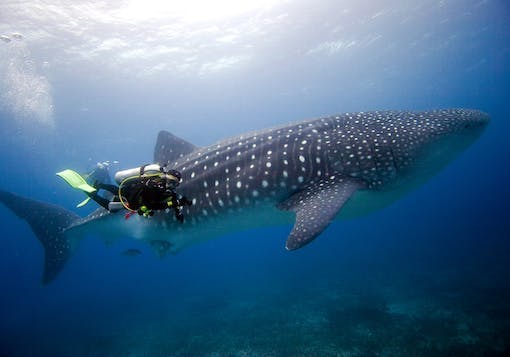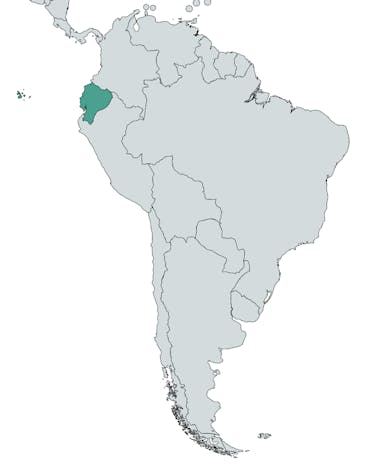Ecuador
Ecuador, a biodiverse gem in South America, is known for its stunning Andean landscapes and intriguing Cloud Forest, rich Indigenous cultures, and the world-famous Galápagos Islands (a UNESCO World Heritage Site). The currency Ecuador uses is the US dollar, making transactions seamless for American travelers.
Mainland Ecuador: When to Visit
- From, December to May, the wet season will reward you with a lush Cloud Forest and stunning, full waterfalls. April is typically particularly rainy. Note: The wet season can bring heavy rainfall and mudslides, which may make some trails and roads inaccessible.
- From June to November, the dry season is wonderful, particularly for visiting the Andean region and the Cloud Forest. Expect sunshine and warmth - ideal conditions for enjoying outdoor activities such as hiking, birdwatching, and wildlife spotting.
Galápagos Islands: When to Visit
- From January to May, the wet season has frequent yet short showers and higher humidity. It's still warm, though, with temperatures in the low 70s to mid-80s Fahrenheit, and the sun still shines brightly! This season is great for warmer ocean water and very active underwater life.
- From June to December, the dry season offers cooler, drier weather with less rain and more sunshine. The sea is calmer, making navigation between the islands easier and providing pleasant conditions for snorkeling and diving. Our whale shark citizen science scuba dive trips only occur between July and September each year.
Our Eco-Friendly Ecuador & Galápagos Packages
Our Ecuador travel packages offer a variety of sustainable experiences designed to immerse travelers in the country’s extraordinary nature and culture. We work with a locally-owned, woman-owned Ecuadorian company that specializes in responsible land-based trips, providing authentic cultural encounters and nature-focused adventures. For those drawn to the ocean, we offer sustainable scuba diving experiences through two partners. One is a citizen science organization dedicated to whale shark research and conservation, offering ethical liveaboard dive trips. The other specializes in casual dive-and-stay packages that blend incredible underwater experiences with the nature and culture of the Galápagos on land.
How to Reach the Galápagos Islands
Reaching the Galápagos Islands is easy, with daily flights from Quito or Guayaquil to Baltra or San Cristóbal. For any of our Galápagos packages, you'll be met at the airport and taken to your boat, 5-star scuba dive resort, or boutique accommodations.
Customize your Trip
Our partners are happy to help customize mainland Ecuador tours as well as tailor dive-and-stay packages in the Galápagos. Contact us to design your ideal, immersive, and eco-friendly Ecuador trip!
